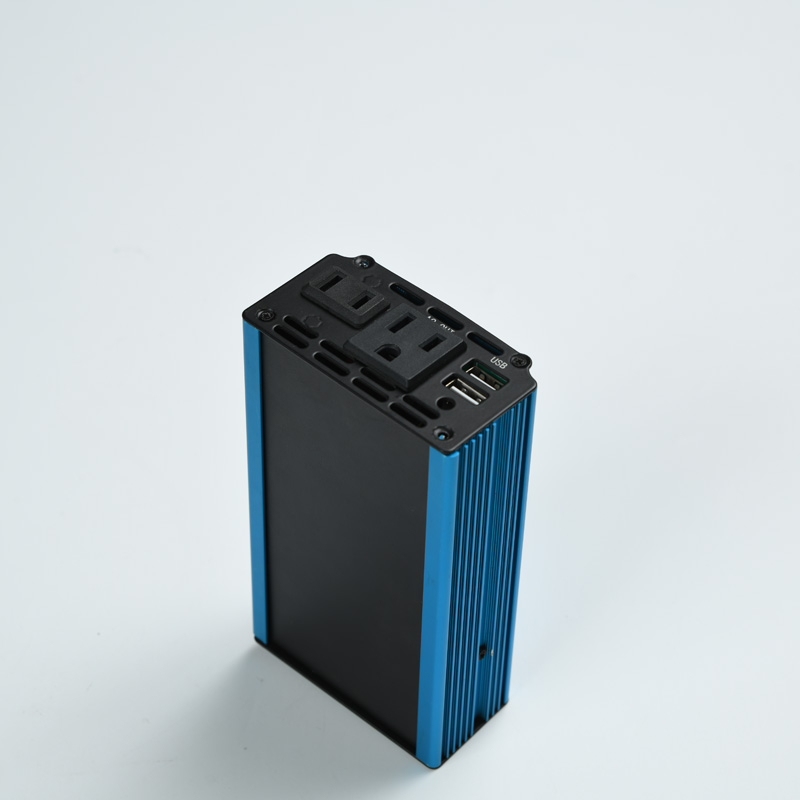
What is the difference between a power adapter and a charger?
1. Different components
(1) Power adapter: it is an electronic appliance for small portable electronic equipment and power conversion equipment. It is composed of shell, transformer, inductor, capacitor, control chip, printed circuit board, etc.
(2) Charger: composed of stable power supply (mainly stable power supply, stable working voltage and sufficient current) plus necessary constant current, voltage limit, time limit and other control circuits.
2. Different current modes
(1) Power adapter: from AC input to DC output, indicating power supply, input and output voltage, current and other indicators.
(2) Charger: constant current and voltage limiting charging system is adopted. Generally, the charging current is about C2, that is, the charging rate of 2 hours is adopted. For example, the 250 Ma charge rate of a 500 MAH battery is about 4 hours.
3. Different characteristics
(1) power adapter: the correct power adapter needs CE certification. The power adapter with CE certification can protect personal safety and prevent electric shock, fire and other hazards.
(2) Charger: it is normal for the battery temperature to rise slightly in the later stage of charging, but if the battery is obviously overheated, it means that the charger cannot detect the battery saturation in time, resulting in overcharge, which is harmful to the battery life.

What is the difference between a power adapter and a charger?
1. Different components
(1) Power adapter: it is an electronic appliance for small portable electronic equipment and power conversion equipment. It is composed of shell, transformer, inductor, capacitor, control chip, printed circuit board, etc.
(2) Charger: composed of stable power supply (mainly stable power supply, stable working voltage and sufficient current) plus necessary constant current, voltage limit, time limit and other control circuits.
2. Different current modes
(1) Power adapter: from AC input to DC output, indicating power supply, input and output voltage, current and other indicators.
(2) Charger: constant current and voltage limiting charging system is adopted. Generally, the charging current is about C2, that is, the charging rate of 2 hours is adopted. For example, the 250 Ma charge rate of a 500 MAH battery is about 4 hours.
3. Different characteristics
(1) power adapter: the correct power adapter needs CE certification. The power adapter with CE certification can protect personal safety and prevent electric shock, fire and other hazards.
(2) Charger: it is normal for the battery temperature to rise slightly in the later stage of charging, but if the battery is obviously overheated, it means that the charger cannot detect the battery saturation in time, resulting in overcharge, which is harmful to the battery life.